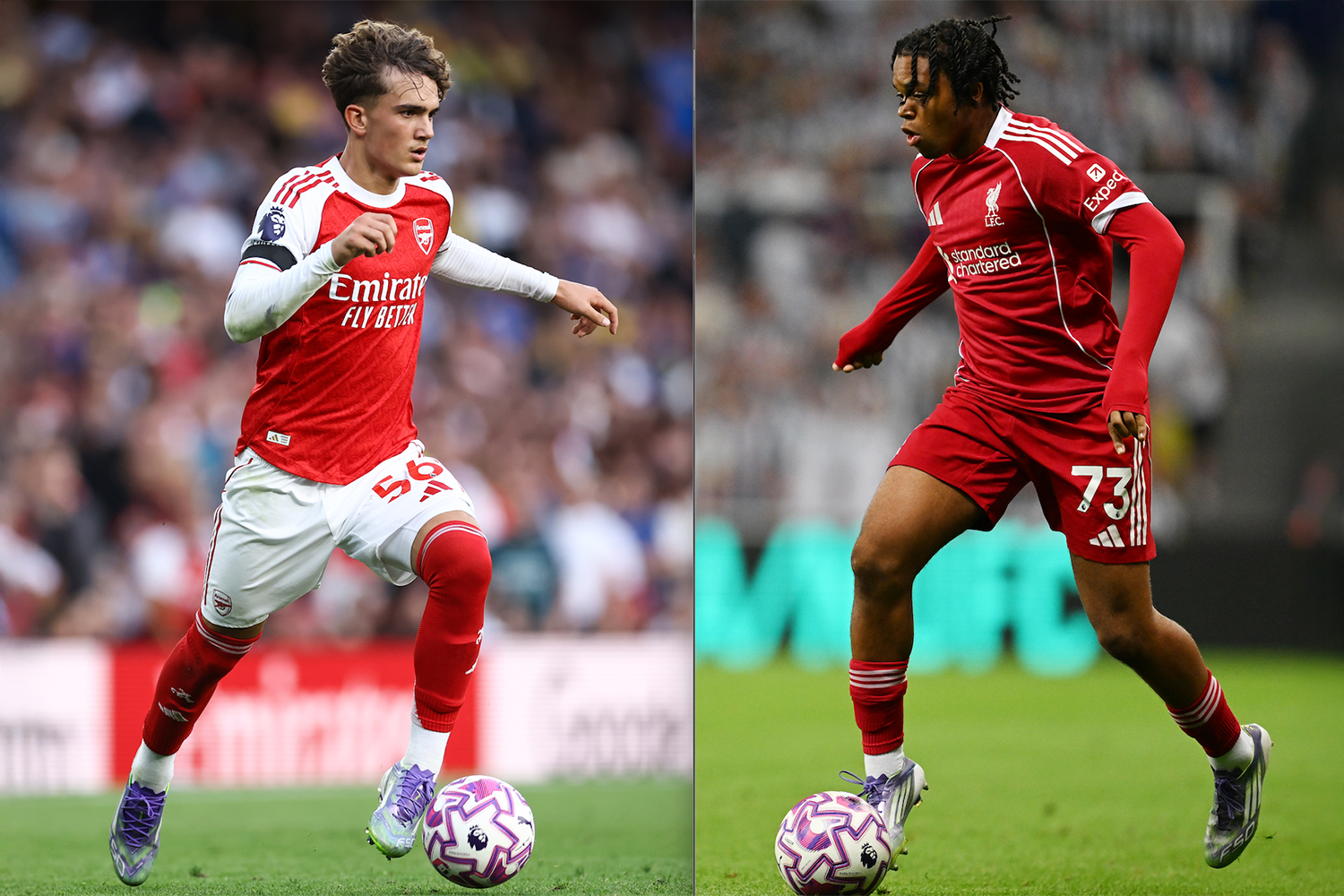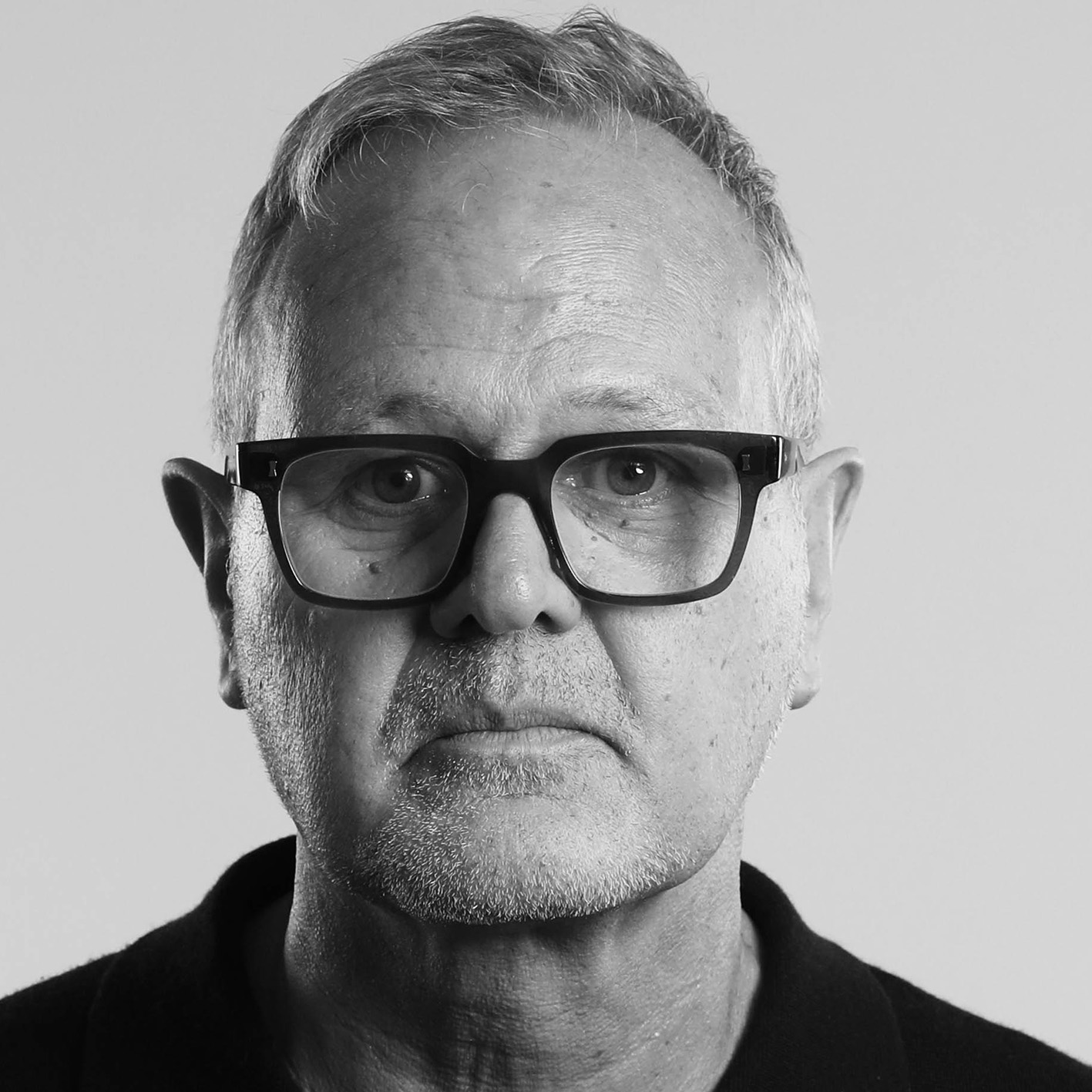Like most 15-year-olds, Max Dowman will return to school next week for Year 11 and GCSEs. But only he will be able to delight the class with how he “won” a penalty that put Arsenal 5-0 up against Leeds in a Premier League game.
The hum that went round Arsenal’s ground last weekend when Dowman came on at 15 years and 235 days to make his league debut is becoming familiar across the top division.
Dowman’s Arsenal team-mate Ethan Nwaneri was even younger three years ago when he made his first league appearance, at 15 and 181 days, the current record.
In April, Leicester gave a taste of life at the top to another 15-year-old, Jeremy Monga.
Against Newcastle on Monday, 16-year-old Rio Ngumoha – he turned 17 on Friday – became the fourth-youngest scorer in Premier League history with his winning goal in the 10th minute of added time, four minutes after he was sent on. Ngumoha’s first-time finish prompted at least one older Liverpool player to marvel that he had not taken a touch to steady himself before shooting. The audacity of youth needs no prep.
If this looks like a new wave of precocity, that’s because it is. Propelling it is an academy system that equips teenagers with personal maturity as well as the technical and tactical ability to move comfortably from the world of boys to that of men.
In past decades, the most gifted teenagers would force their way into senior teams through sheer force of talent: despite the system, rather than because of it.
George Best made his Manchester United debut 62 years ago aged 17. Even the programme-makers were taken by surprise. Best wasn’t named in the line-ups. Paul Gascoigne, too, was 17 on his league debut for Newcastle. Wayne Rooney was 16 and 360 days when his spectacular goal for Everton against Arsenal announced the best English player of his generation.
There are cautionary tales in the elevation of school kids to senior action. Dowman, Ngumoha and Nwaneri will face a familiar challenge to stay grounded. But academy directors The Observer spoke to say there is a fundamental change in the culture since the days when the brilliance of Best or Gascoigne made them impossible to leave out.
One called the process now “development by design”, with almost as much emphasis placed on educational and “personal growth” as ball retention, movement and tactical understanding.
The flowering of pastoral care has financial benefits too, with more first team-ready youngsters flowing on to the market. According to the Transfermarkt website, Premier League academies have generated £1.9bn in sales since 2020. Chelsea, who were aggrieved to lose Ngumoha to Liverpool, lead the table with £365m in sales.
Dowman was sent on against Leeds by Mikel Arteta. Ngumoha was deployed late on in the cauldron of St James’ Park by Arne Slot, the reigning Premier League-winning coach. Neither manager would have called those names from the bench unless they already knew they were ready.
In three years, three 15-year-olds have played in the Premier League. The first, Nwaneri, handed in his GCSE English homework the day after he beat Harvey Elliott’s Premier League record of 16 years and 30 days, set in 2019. Later, Nwaneri scored 98% in a maths exam. The most notable case of extreme precocity in Europe currently is Barcelona’s Lamine Yamal, who played for Spain at Euro 2024, and revealed: “I brought my homework here because I’m in the fourth year of ESO [Spanish secondary school]. I have online classes too and those are going fine. I hope the teacher doesn’t get mad at me.”
Safeguarding protocols dictate that Dowman, Ngumoha and all under-18s change separately from the senior players. A member of Arsenal’s security staff is assigned to monitor Dowman when he joins the first-team squad for matches. Premier League rules stopped him making his debut before this season, but Uefa has no age restrictions, so he is free to play in the Champions League.
Earlier in the same week that Nwaneri took a break from schoolwork in 2022 to wear an Arsenal shirt, the Northern Irish schoolboy Christopher Atherton played for Glenavon at 13 years and 329 days – the UK football record. No 13-year-old is likely to play in the Premier League, but the list of 16-year-old debutants is too long to list here. The pattern is set, and helps to explain why England have won consecutive European Under-21 Championships.
Arsenal are a case study in building an academy that feels like an elite educational establishment, with “personal growth” a mantra.
Per Mertesacker is regarded by experts as a particularly progressive academy manager. Before his time, Cesc Fabregas, Jack Wilshere and Jermaine Pennant were all 16 when they made their Arsenal debuts.
At 23, Bukayo Saka is now an elder statesman for Nwaneri, Dowman and Myles Lewis-Skelly. Saka is seen as “a role model who was a great student athlete and socially conscious,” one official says.
The change in emphasis from training-ground skills to preparation for life is a noticeable feature of academy life under the Elite Player Performance Plan, launched in 2012.
Brighton have 15 departments in their academy, each dealing with facets of youth development, with 10 teams up to Under-21 level. The schooling system starts from 12, with a typical class containing one teacher per three pupils.
On-pitch education starts from six. The purpose through all age groups they say is to cultivate “a progressive brand of possession football”. Some young players are in the system for a decade or more. The intake process for Under-9s starts with a discussion about “people and values”.
The progression from wunderkind to twentysomething fixture in a Premier League starting XI remains daunting. Recently analytics company Opta said that English players under the age of 23 played only 4.7% of the total minutes in the 2024-25 season.
Academy staff speak of “bespoke provision” to avoid immolation by premature exposure to fame. The starlets we saw this week weren’t created by chance. Liverpool and Arsenal used them because they knew the work had been done to make them adults when they needed to be.
Which is why Dowman and Ngumoha looked like they’d been doing it for years, not minutes.
Photographs by Getty Images

